Ironically, it’s the humans that make a robot special. According to senior Miles Bourgeois, that is.
The McCallum Robotics A-team, also known as the Apes, will be representing McCallum’s “Robo Bonobos” at the Vex Robotics World Championship on May 5-7 in Dallas, Texas. According to the Apes, the journey to Worlds has required trust, teamwork and endless amounts of hot chocolate.
For Bourgeois, robotics is entirely a team affair. While each member of the Apes specializes in a particular task, they are united under the not-so-simple goal of making a robot move. Plus, after a season filled with competition interviews and celebratory Tex-Mex dinners, the Apes can practically finish each other’s sentences.
“This year, I think I found the right balance of the amount of people as well as those people’s skills,” Bourgeois, who has been in the robotics club since freshman year, said. “We all do similar things, but we do them differently, so we all have different perspectives. That, I think, has really made our robot this year so much better and has made the club so much more fun.”
Though the game itself never changes, the Apes and their robot constantly have to adapt. Hoping to score even more points and determined to give it their all, the Apes have been working on building an entirely new robot to take to Worlds. Following in the footsteps of their original Robo Bonobo “Kanzi,” the new robot has been dubbed “Mecha Kanzi 2000.”
Senior Carson Pallotta and junior Evan Henderson lead the robot construction and fine-tuning processes. According to Pallotta, building a new robot will allow the team to apply their knowledge and create a stronger robot without risking the one that got the Apes this far. But building Mecha Kanzi 2000 will not be easy. The new robot must be completed in one-third of the original Kanzi’s build time and, like any robot, the building process will require lots of trial and error.
“We’re going to practice our driving, we’re going to trust our driver, we’re going to trust our [programs], ” Henderson said. “That sort of making sure that we are able to work as one has been a really big thing.”
In preparation for the upcoming events, the Apes can be found bumping shoulders in McCallum’s robotics closet nearly every day after school, blasting an ever-growing playlist, screwing together metal parts, discussing every wheel or part change and documenting every step of the process in their animal-themed design notebook.
The Apes have agreed that the notebook is Carlson’s “baby.” The design notebook, a major point-scoring category at competitions, is where Carlson writes down research and draws diagrams of design plans. The notebook, to which the team applied animal stickers on every page, aims to demonstrate to the judges that Mecha Kanzi 2000 is well thought out. Having a design notebook also allows the team to be eligible for top design and achievement awards. Inspired by the McCallum ‘’RoboBonobos” label, the Apes made sure Kanzi 1.0 showed up to competitions in style: covered edge to edge with their signature, unmistakably McCallum, monkey stickers and figurines.
“I do a lot of notebooking for all of my engineering stuff,” Carlson said. “I guess it kind of felt more natural. In the very beginning of the year, Miles and Evan were like, ‘We’ve got to do a notebook this year because that could help us out a lot, so I was like, ‘Okay!’ This is something that can help us win the awards we won, like Excellence. That’s one I really wanted to win.”
In addition to driving the robot in competitions, Bourgeois is the team’s programmer. Bourgeois views his role as getting hands-on with code and making the robot move well both when he’s controlling it and when it’s driving itself. According to Bourgeois, some teams can win matches all because of their success in the first 15 seconds. At the same time, even the world’s best robot would be of little use without strong driving.
“I do the moment-to-moment action,” Bourgeois said. “Ava kind of plans up the next couple of actions. And then Carson keeps track of big overall things like opponents’ robot movement or the time because at certain times I want to do certain things.”
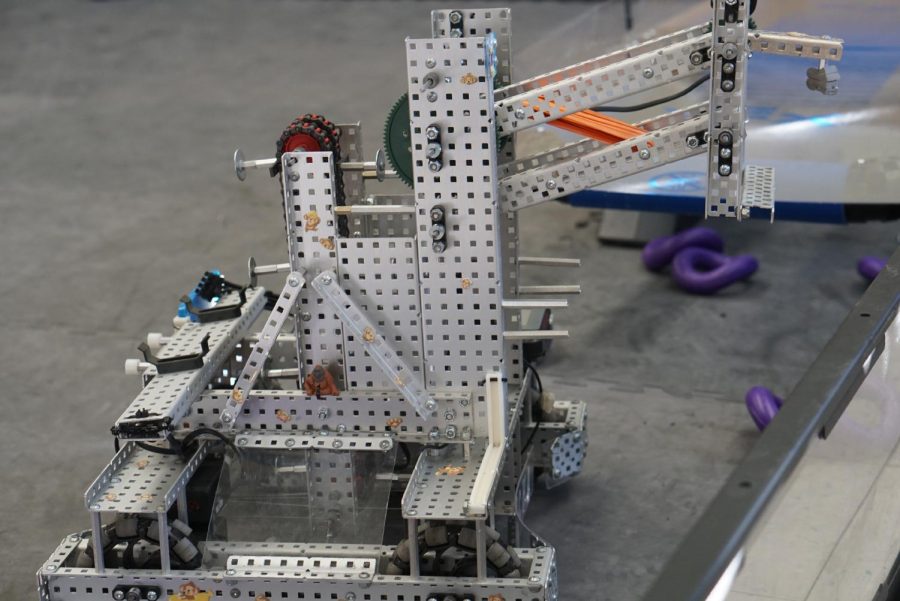
Bourgeois described robotics as his passion. Pallotta said Bourgeois never sleeps.
“If I don’t have homework or if I want to ignore my homework, sometimes I’ll come in and just work,” Bourgeois said. “It’s something that is not brainless, but it’s different from school.”
Although, the Apes joke, world-class robot designers have no business doing homework.
While most teams run their robots on only one autonomous program, Bourgeois has coded eight, and he’s not stopping anytime soon. But that’s not all that makes the Apes unique. While the general makeup of robots the team competes against is the same, the Apes have tuned into the endless possibilities for minute, point-scoring details. Employing one new major change, a ramp built to efficiently pick up rolls and score points, Mecha Kanzi 2000 will likely be distinct, even on the world stage.
Although McCallum Robotics competed at Worlds a couple of times years ago, robotics sponsor and engineering teacher Audrea Moyers said it has become increasingly difficult to qualify. Moyers believes it is their communication skills and commitment to the process that make the Apes special. The Apes made the decision to fully document the design process in August, which, according to Moyers, requires an impressive level of commitment and maturity and is inspiring to younger students. The Innovate Award, which the Apes won at the state level to qualify for Worlds, was based on the team’s design process throughout an entire season of work.
“To me, it’s a really great way to qualify, because it validates your season of effort,” Moyers said. “It means they’ve really internalized how you design things and they can talk to judges about it. It’s not just like, ‘Oh, we put this together in 15 hours.’ To me, that’s not impressive. What’s impressive is, ‘I’ve worked on this for three months, I tested it, I saw what was wrong, I fixed it and I kept working.’”
According to Moyers, being able to talk about design and communicate with adults about the building process is invaluable. Unlike other areas of school that are largely conceptual, robotics is hands-on and allows students to put their design ideas to the test and make adjustments in real-time. Unlike shows like BattleBots, Moyers emphasized that the Vex Robotics league that McCallum takes part in is all about communication and cooperation.
“One of my favorite things about Vex is that you have to communicate with another group of people that you don’t know about strategy and all that,” Moyers said. “You’re always adversaries, and then maybe some of those teams you will want to be in an alliance with for finals. The biggest difference I’d say would be interpersonal skills and cooperation as opposed to ‘right, I’m going to destroy your robot.’”

According to Moyers, the sheer scale of the Worlds competition is impossible to visualize. The Apes, who are used to regional competitions with less than 50 teams, will be stepping into the arena this time with 800 teams from around the world. The diverse roster includes teams from as far as New Zealand, South Korea and Azerbaijan. Moyers can’t wait for the Apes to encounter this global group of robotics fans over the three-day event and witness the world’s best teams compete in a convention center filled with robotics-related vendors, university demonstrations and robotics’ most noteworthy people. The Apes can’t wait to be around robots that operate in unique ways and see their year of work come together for the final time.
While they won’t compete in Dallas until May, the Apes already have their tournament routine locked down. For the Apes, preparing for a robotics competition means trusting the team, drinking lots of caffeine and tuning out the “gamer music.”
“We do scouting, we do skills runs potentially, we repair things if something breaks, we mess around and we eat food,” Pallotta said.
Even on the world stage, the Apes will leave their mark in one way or another. Staying true to the theme, Henderson is considering wearing an ape suit to the competition but would be willing to settle on a banana-shaped tie. The Apes agreed that while their competition rituals may look a little different than those of the football team, putting their heads together to prepare and helping each other find a good competition state of mind even in the toughest, most hectic moments is part of what makes the team so powerful.
“We’re there to have fun before we’re there to win,” Henderson said. “You don’t walk into a competition and say ‘we absolutely must win this or it’ll be the end of the world.’ We said we’re gonna come into this competition and spend five or six hours together and have a fun time laughing and eating food, doing robotics. It’s never about the winning. It’s about going and doing robotics, and winning is the cherry on top.”



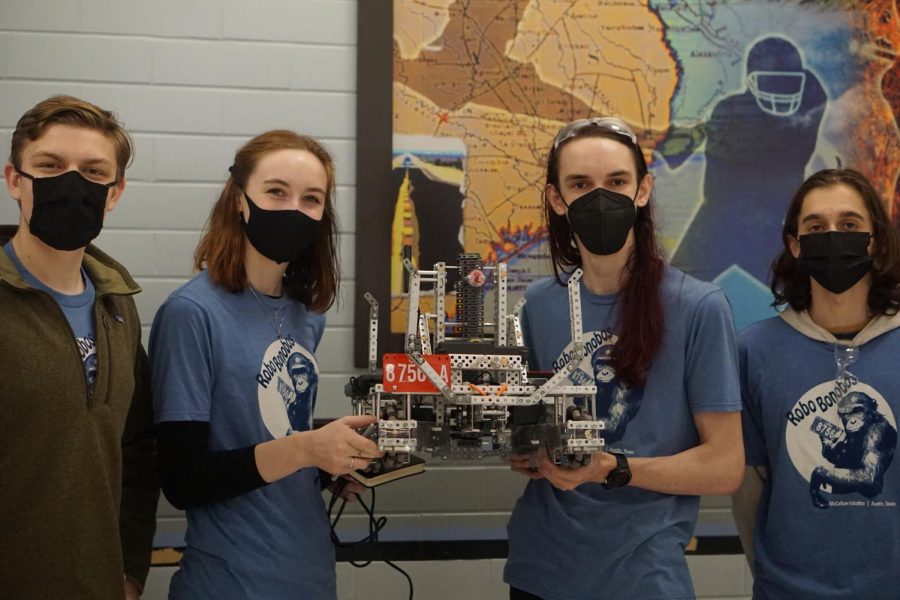

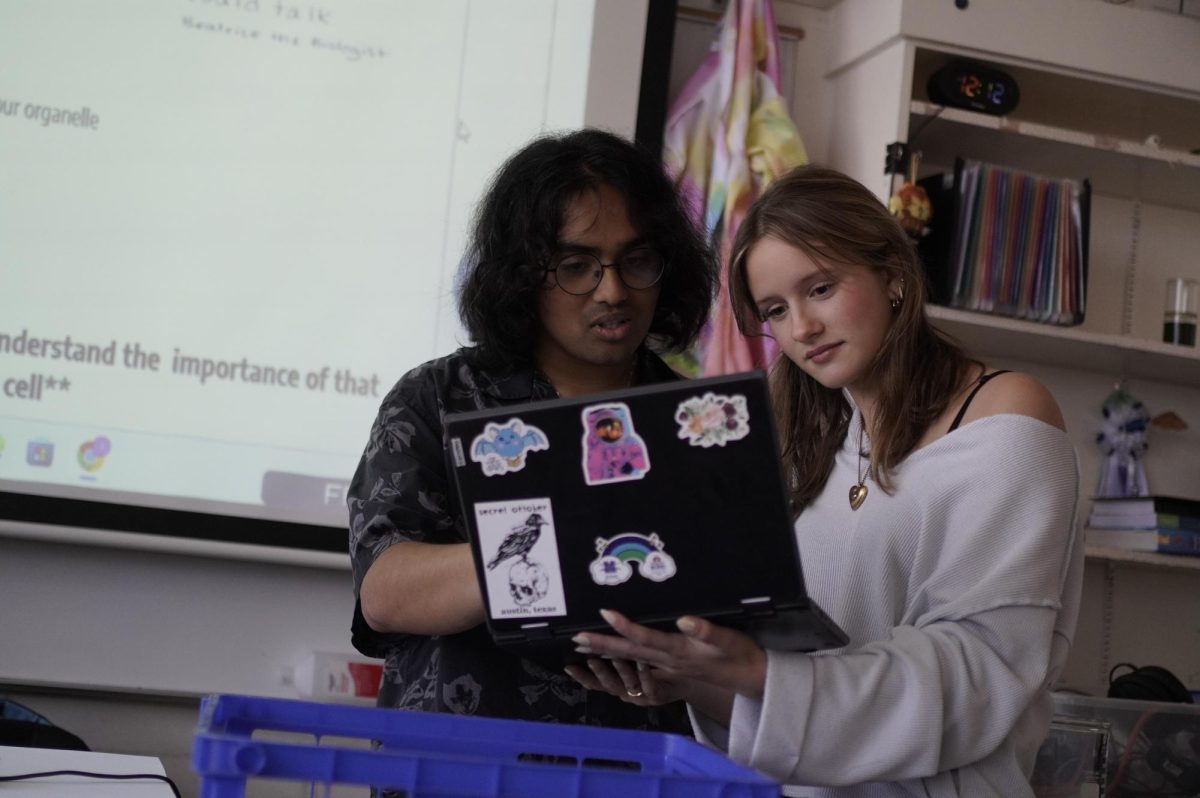

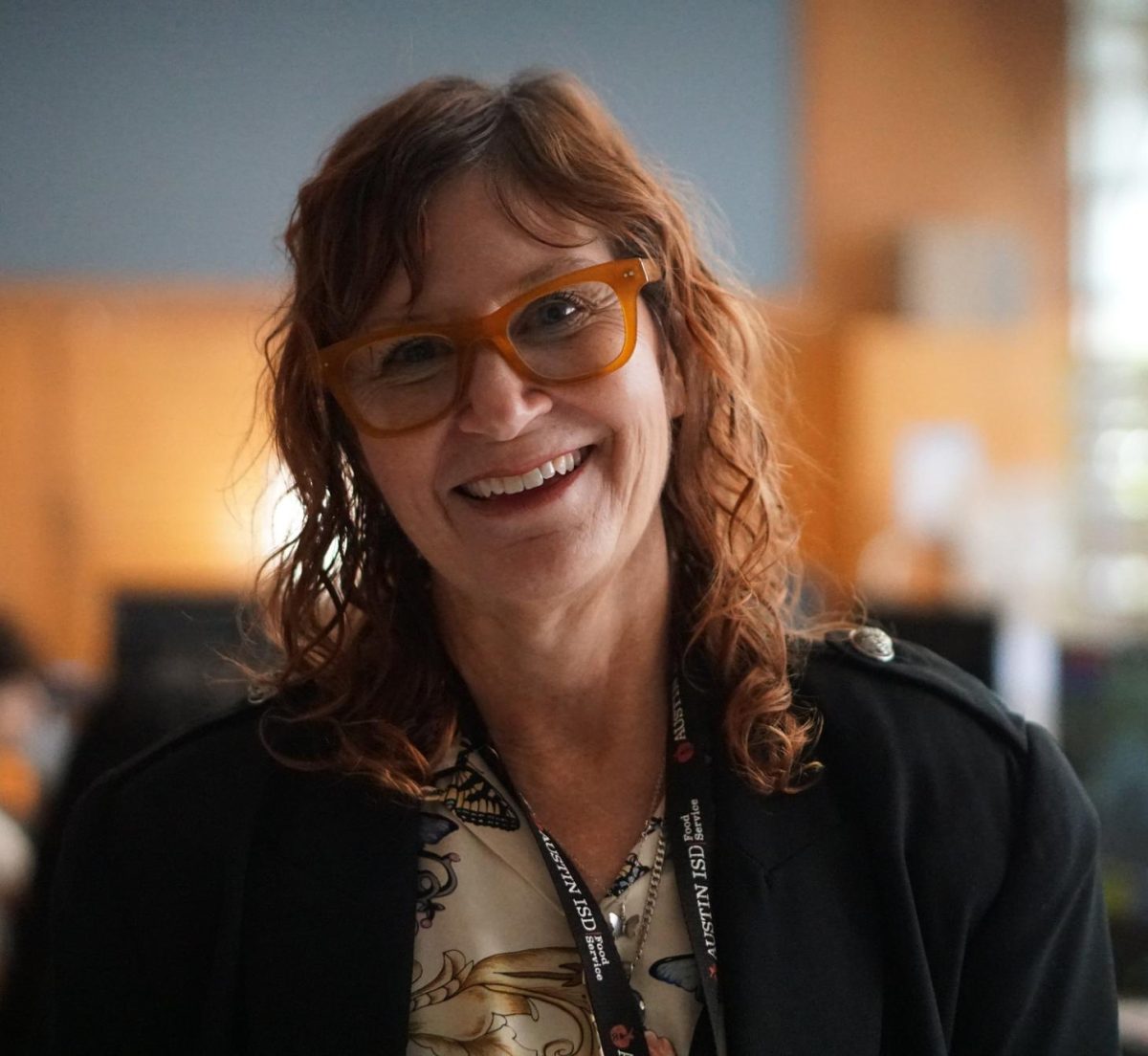
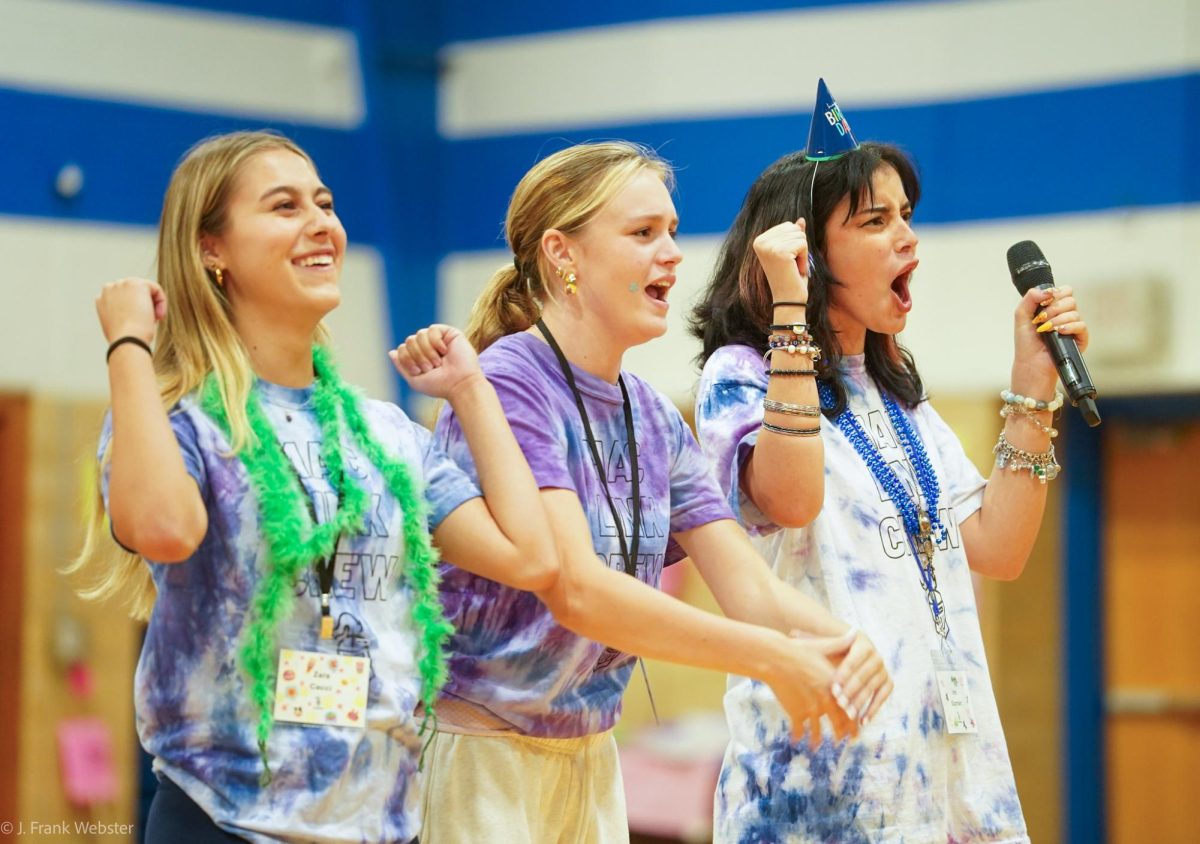

Zo'Riyah Clay • May 5, 2022 at 11:48 am
I really enjoyed this article! I give major props to the Robotics Team. This article brought positivity and makes me wanna learn more about the team!
Griffin H • Apr 13, 2022 at 11:01 pm
Congratulations to the apes for getting to compete against teams from all over the world! It’s hard to believe some even traveled from the Caucasus – and I’m really glad that some parts of the Caucasus are doing well enough to send a youth robotics team to the other side of the world.
Anyone who can do the kinds of things that they can with Vex is either a genius or a madman. I had to use them in middle school engineering and they were some of the most unintuitive finicky things I’d worked with. The apes must be both.
I love the detail of the reporting. It has just the right amount without veering into nerd shit, which probably took a lot of editing on the reporter’s part. I hope you can do another story on the apes at the world competition!
ooh ooh ah ah • Apr 13, 2022 at 11:41 am
Howler Monkeyson